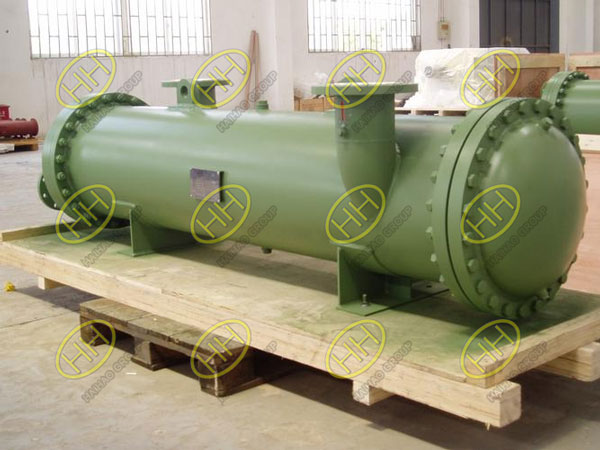Principles for determining the minimum thickness of pressure vessels
In the design of pressure vessels, the difference and connection of various thicknesses is a confusing problem that designers need to pay attention to, only a clear concept and a deep understanding of its internal meaning can be handy in determining the thickness of containers or components, so as to be “economical, reasonable, safe and reliable”.
1.Minimum Thickness of Vessel Shells After Forming (Excluding Corrosion Allowance):
(1)For carbon steel and low-alloy steel vessels, the minimum thickness should be no less than 3 mm.
(2)For high-alloy steel vessels, the minimum thickness should be no less than 2 mm.
(3)For carbon steel and low-alloy steel tower vessels, the minimum thickness should be 2/1000 of the internal diameter of the tower, and not less than 3 mm. For stainless steel tower vessels, the minimum thickness should be no less than 2 mm.
(4)For multilayer wrapped vessels (including both multilayer cylinder sections and overall wrapped layers), the minimum thickness of each layer (including the inner shell and wrapping layers) should be no less than 3 mm.
2.Minimum Thickness for Shell-and-Tube Heat Exchanger Cylinders: The minimum thickness should comply with the current national standard GB/T 151 “Heat Exchangers.”
3.Temporary Reinforcement Measures: For vessels where the nominal thickness is close to the minimum required thickness and have a large diameter but thin walls, temporary reinforcement measures should be taken to prevent excessive deformation during manufacturing, transportation, or installation. This may include installing temporary support elements inside the vessel.
4.Minimum Thickness of Composite Steel Plate Cladding:
(1)To ensure the cleanliness of the working medium (preventing iron ion contamination), the thickness of the composite steel plate cladding should be no less than 2 mm.
(2)To prevent corrosion from the working medium, the thickness of the composite steel plate cladding should be no less than 3 mm.
5.Thickness of Stainless Steel Overlay on Vessel Shells: The thickness of the stainless steel overlay on the inner surface of the vessel shell should be no less than 3 mm. The designer should determine whether to include an overlay transition layer and surface layer based on the characteristics of the working medium, with thicknesses decided according to specific conditions.
6.Thickness of Stainless Steel Overlay on Flanges, Flat Covers, and Tube Sheets: The minimum thickness of the surface layer after machining should be no less than 3 mm.
7.Minimum Thickness for Lined Carbon Steel or Low-Alloy Steel Vessels: The minimum thickness of the steel shell lining should comply with the current industry standard HG/T 20678 “Technical Regulations for Lining Steel Shell Design.”
8.Minimum Thickness for Baffles and Support Plates in Non-Replacement Tube Bundle Heat Exchangers: The minimum thickness of the baffles and support plates should be at least twice the shell-side corrosion allowance.
9.Nominal and Minimum Forming Thickness of Vessel Components: The nominal thickness and minimum forming thickness of vessel components, such as the nominal and minimum forming thickness of heads, should be clearly marked on the design drawings.
The above information comes from HG/T 20580-2020.

